stimulating side branch growth in rubber plant
lili sahm
last year
last modified: last year
Featured Answer
Sort by:Oldest
Comments (21)
lili sahm
last yearlili sahm
last yearRelated Discussions
Dead Branches - How to Promote New Branch Growth?
Comments (8)Some things to consider: If it's on an east windowsill, (it's almost a given) it's not getting enough light, and it might be too cold there for the plant. (Your user info doesn't tell us where you live - you might wish to fix that. It makes it easier for others to help.) Soil temps should be above 60* always. They will tolerate lower soil temps for a while, but they prefer soil temps in the 65-75* range. If you're trying to water once each day, it's very likely that you're over-watering. In most cases I've seen, the bonsai soil sold at bonsai shops & even by bonsai clubs is finer than ideal. The reason is two-fold. They are trying to make a profit, so screening the fines out of the material is both an extra step (time is money) and they would lose a considerable fraction of the products they are using to make the soil (which they had to pay for) if they screened out the inappropriately-sized particles. I didn't say that to disparage the soils, I said it to impress upon you that you need to be very careful about how you water bonsai. Because of the shallow pots, ANY perched water table (PWT) is a large fraction of the soil, and PWTs kill roots. E.g., if you are growing in a pot that is 3" deep, and in a soil that supports a 1 - 1-1/2" PWT. 1/3 to 1/2 of your soil remains saturated after you water. This is decidedly bad for your roots, and may be why your tree is suffering. Water AS NEEDED. Use a sharp dowel & stick it in the soil all the way to the bottom of the pot. Don't water until it comes out clean and dry. After you water, tilt the pot steeply toward a drain hole - it will cause MUCH more water to drain from the soil. Try it. Water, making sure you flush the soil, & wait for the pot to stop draining. Then, tip the pot so a drain hole is down, and watch how much more water exits the pot. Also, use a wick to help with drainage - you can also use the wick as a 'tell', to let you know when it's time to water. You can read more about tips on how to deal with excess water retention by following the embedded link. Have you been flushing the soil regularly? Where do you live? Are you fertilizing - with what - what strength? Al...See Moreok to cut off side branches on newly planted beech?
Comments (1)more leaves means more food production.. means faster root growth.. means faster to getting 'established' ... cutting off leaves.. or branches.. is counter productive at this time ... in a year or two.. it will have a good enough root mass for you to start shaping it into what you want ... make sense ??? be patient.. you just planted it.. you didnt really expect the screen to happen upon planting.. did you ... ken...See MoreBaby rubber plant, newly propagated, growth question.
Comments (13)When you said, "..... on my cuttings some of the baby leaves either shriveled and died or fell off". Maybe if I cut one mature leaf at that point it would have grown instead", did you mean some of the leaves that were on the cutting when you took it shriveled and were shed, or was the reference to new leaves that occurred after the cutting was taken? After cuttings are taken, they need to be prepared by reducing the leaf surface area; this, because the cutting often just collapses and fails if it can't keep up with water needs of the leaves. Note how I reduced the leaf surface area to insure the cutting would be able to supply enough water to the foliage: If you look carefully at the second image from the top (Ficus benjamina), you'll see a leaf at the base of both branches. These are the leaves I referred to in my post above - that should be removed as soon as the branch is pushing growth. It's the first thing I did after the cutting struck (rooted). "I was considering combining all of these plants into one pot or putting the small one with one of the bigger. I am starting to wonder if that may be too much for one pot. Thoughts?" My experience with group plantings has been that you're going to end up with roughly the same increase in plant mass, no matter how many propagules you have in a pot. IOW, all else equal (especially pot size/ soil volume), a single plant will grow faster than individuals in a group planting, and there won't be much difference in the total vegetative mass between the 2 plantings. And, in most cases you can achieve the same degree of fullness with a single plant as you can with a group planting. It just requires a little bit of attention to pinching. One thing we hobby growers often forget is, we aren't obligated to keep every bit of mass a plant produces. That's a less pushy way of saying, if we don't take control over what the plant is doing in terms of growth, we might be less apt to end up with Beauty, and more apt to end up with The Beast. The concept behind why we prune is a simple one, so I urge everyone that grows a branching plant to learn how to control and shape it. Not only is the process extremely rewarding, it's FUN, and definitely adds to the personal satisfaction we get from the growing experience. Al...See MoreSpur rubber tree plant growth in the middle?
Comments (2)No sure shot of way achieving that without some drastic pruning. So your plan of pruning next spring and repotting is a better idea. What you can do is pinch the top branch back to one or two nodes and hope something sprouts below. You may to repeat it several times. Ficus will have a tendency to sprout only from last one two nodes below the pinch point though. So you may end with a bushier top. But then next summer you can chop that off and make a new bushier plant out of it....See Morelili sahm
last yeartapla (mid-Michigan, USDA z5b-6a)
last yearlili sahm
last yeartapla (mid-Michigan, USDA z5b-6a)
last yearlast modified: last yearlili sahm
last yeartapla (mid-Michigan, USDA z5b-6a)
last yearlili sahm
last yearlili sahm
last yearlili sahm
last yeartapla (mid-Michigan, USDA z5b-6a)
last yearlast modified: last yearElena Nuta
last yeartapla (mid-Michigan, USDA z5b-6a)
last yearElena Nuta
last yeartapla (mid-Michigan, USDA z5b-6a)
last yearlili sahm
last yeartapla (mid-Michigan, USDA z5b-6a)
last yearlili sahm
last yeartapla (mid-Michigan, USDA z5b-6a)
last year
Related Stories
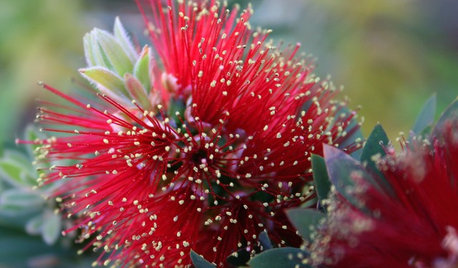
GARDENING GUIDESGreat Design Plant: Velvety Dwarf Bottlebrush Beckons a Touch
Brilliant red blooms and inviting textures will capture your heart, but the low maintenance and small size will win over your practical side
Full Story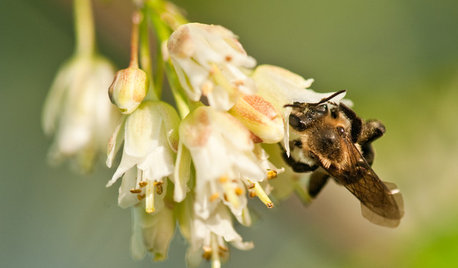
GARDENING GUIDESGreat Design Plant: Staphylea Trifolia Shines in the Shade
Plant American bladdernut for 3 seasons of interest: spring flowers and striped brown branches and bladder-like seedpods in fall and winter
Full Story
GARDENING GUIDESGreat Design Plant: Parkinsonia Florida
Blue palo verde's trunk and branches provide a beautiful backdrop to a spectacular spring show in the desert
Full Story
GARDENING GUIDESGot Frost-Damaged Plants? How It Happens, and When and How to Prune
Crispy brown leaves are a sure sign that Jack Frost has been to your neighborhood
Full Story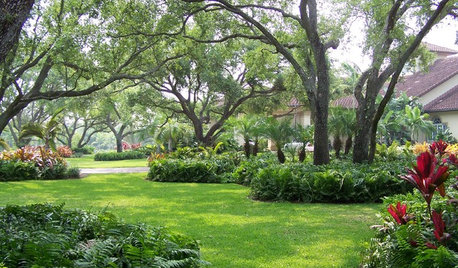
GARDENING GUIDESAn All-Star List of 10 Shade Trees to Plant This Fall
These tried-and-true varieties offer good-sized canopies, seasonal interest, wildlife benefits and more
Full Story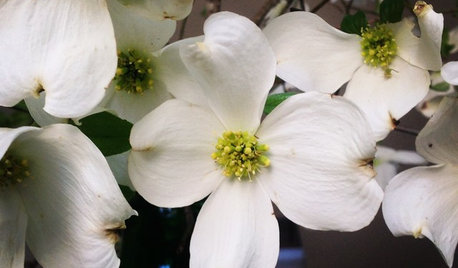
GARDENING GUIDESGreat Design Plant: Cornus Florida Benefits Wildlife
Flowering dogwood provides fiery red foliage in fall and beautiful springtime blooms
Full Story
GARDENING GUIDESGreat Design Plant: Snowberry Pleases Year-Round
Bright spring foliage, pretty summer flowers, white berries in winter ... Symphoricarpos albus is a sight to behold in every season
Full Story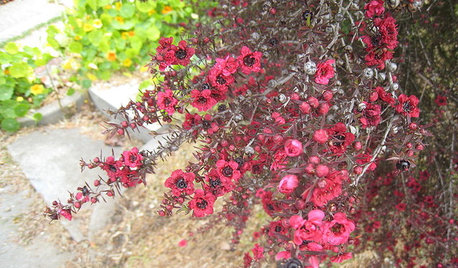
GARDENING GUIDESGreat Design Plant: New Zealand Tea Tree
Balance pretty polish and ruggedness in a temperate garden with this low-maintenance and drought-tolerant flowering shrub
Full Story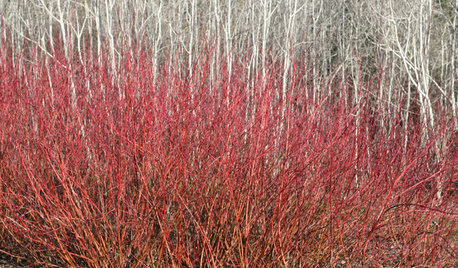
WINTER GARDENINGGreat Design Plant: Redtwig Dogwood
Fiery winter foliage makes this plant a seasonal stunner
Full Story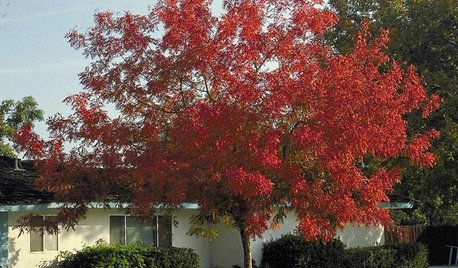
RED FOLIAGEGreat Design Plant: Chinese Pistache
Versatile and easygoing, this tree puts on a guaranteed fall spectacle in the landscape
Full StorySponsored



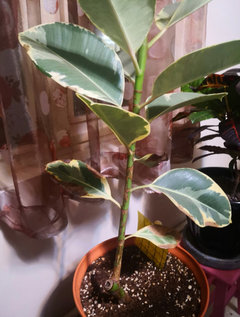
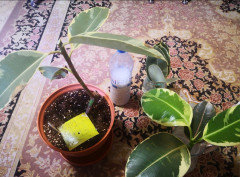
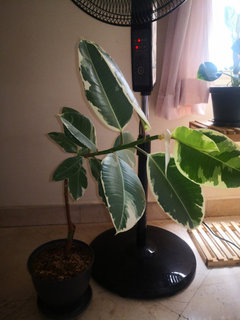
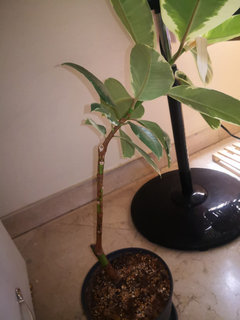




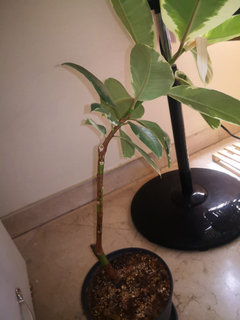
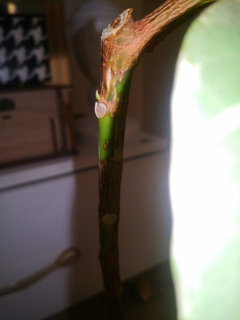
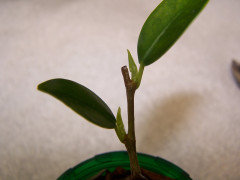


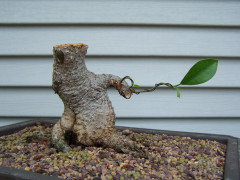

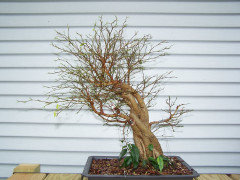
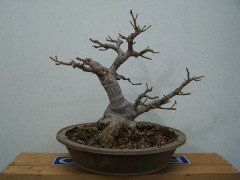
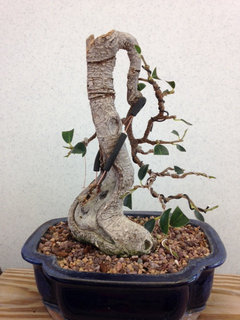
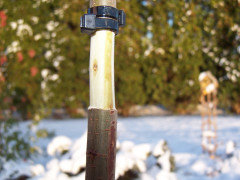
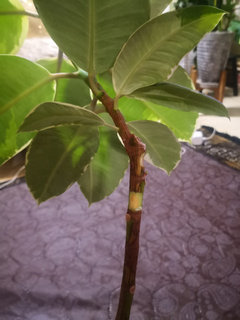
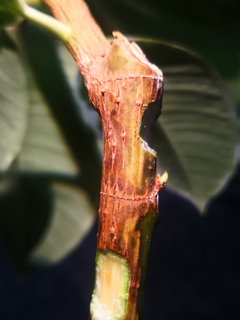
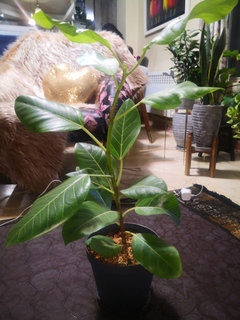
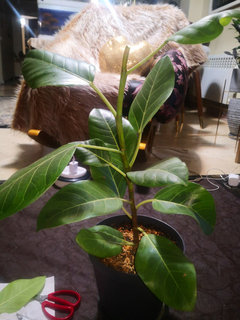
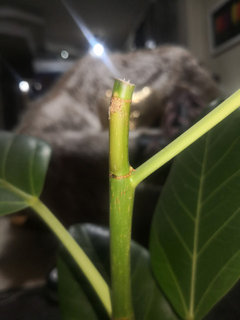
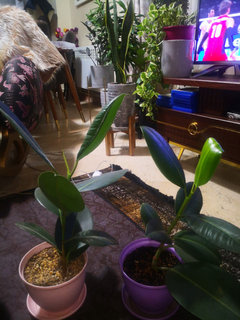
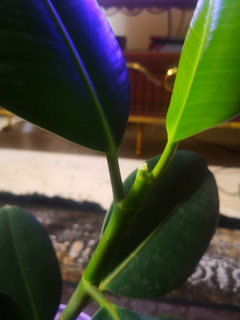
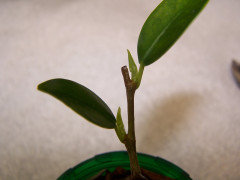

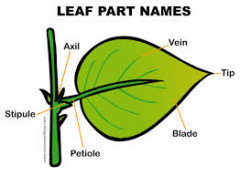
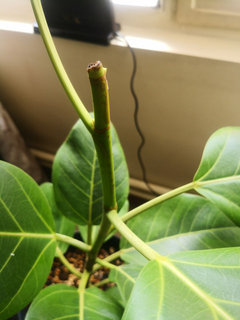


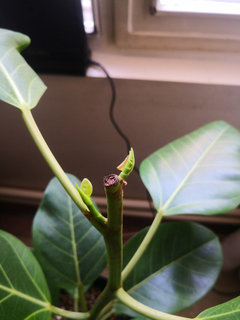

tapla (mid-Michigan, USDA z5b-6a)